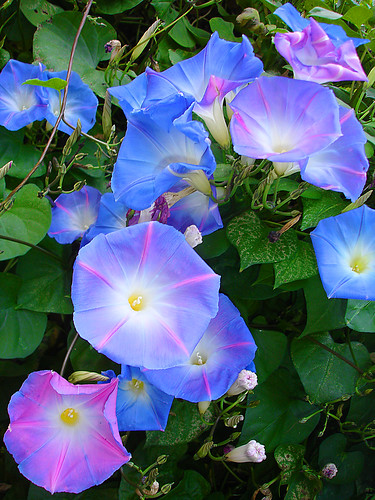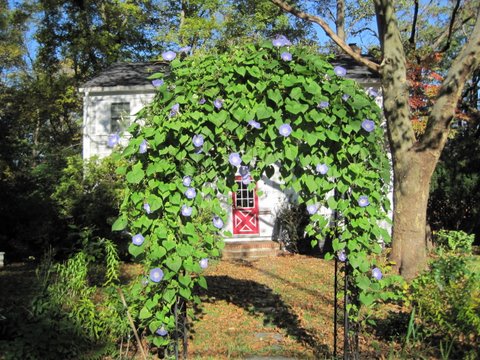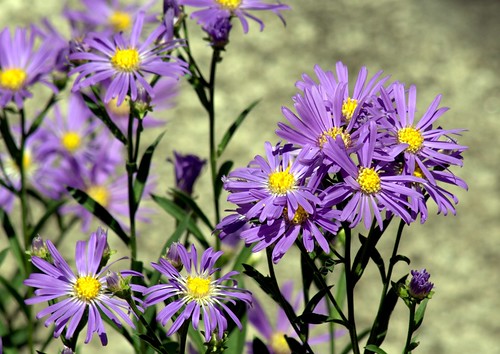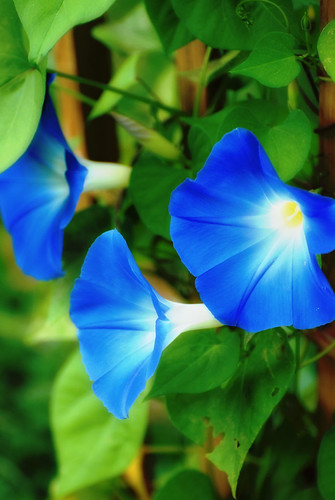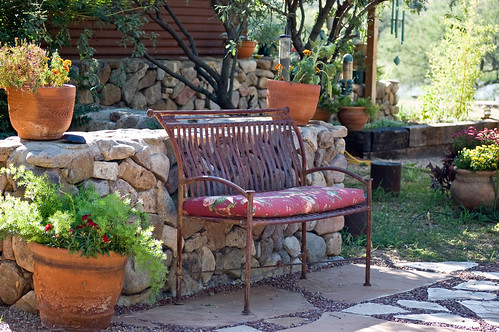Greenbelt Native Plant Center by Flatbush Gardener
Recently, an article appeared in the New York Times about Ed Toth, the director of the Greenbelt Native Plant Center (see here) on Staten Island, who is running a project to turn one of the world’s largest landfills into one of the largest parks in the US using native plants and seeds. Then I heard that this same Mr. Toth was giving a speech at The D & R Greenway Land Trust (see here). Since this GardenLady believes that native plants is the wave of the future and since I enjoy attending lectures on plants, gardens, etc., I decided to attend this lecture.
If you want to visit the D & R Greenway in Princeton, NJ, it has a park to walk around and a lovely building that houses what looks like a nature photography workshop so the inside of the building is filled with lovely photos of nature. In the spring they have a native plant sale.
The lecture Mr. Toth gave was about the work that he is doing creating a seed bank of native seeds and the work he is doing to create the mammoth park and restoring other NY parks using native grasses, plants and shrubs. His group works with D & R Greenway where they are harvesting bulk quantities of native seeds. After D & R Greenway finishes harvesting enough seed for the Fresh Kills park, they will be able to sell large quantities of native seeds for other big projects- I don’t know whether they will sell to small groups, but one can always ask. D & R Greenway will then be the second largest bulk native seed harvester in the nation.
Continue reading “Native Plants are the Wave of the Future. Ask Ed Toth”


